Reviewed by Julianne Ngirngir
OnePlus is allegedly doubling down on the drama for their upcoming OnePlus 15, and we're not just talking about specs. The latest leak suggests Android Authority claims the device will arrive with a 'SuperBlack' color option that could make it look like a "black hole." That's a bold claim in an era where everyone from Apple to Samsung is racing to perfect the ultimate black finish — but OnePlus might actually be onto something revolutionary.
Here's what's particularly interesting: while Samsung prepares to launch their Galaxy S25 Ultra with yet another coating that will inevitably scratch off, OnePlus appears to be taking a completely different approach to achieving true black depth.
Why current "black" phones aren't actually black
Sound familiar? You buy a gorgeous black phone, use it for a few months, and suddenly those deep black surfaces look more like dark gray. There's a reason for this frustration, and it comes down to basic material science.
Samsung's upcoming Galaxy S25 Ultra will reportedly feature a Jet Black color option, but here's the kicker: "black titanium" does not exist, so a black coating needs to be applied to titanium to create that finish. When scratches inevitably appear, the natural silver color of the titanium material will shine through.
I've tested every major "black" flagship from the past three years, and the pattern is always the same. After six months of pocket carry, that deep black finish starts revealing the underlying material wherever there's wear. It's like putting black nail polish on a silver coin — impressive until life happens.
Apple's Space Black MacBook Pro features a "breakthrough chemistry" finish with fingerprint resistance, but you'll pay at least $1,999 for that privilege. Even then, the iPhone 15 Pro models come in "Titanium Black," but it's not the same ultra-deep finish that gets tech enthusiasts excited.
The challenge is achieving what researchers call "deep black" properties: an off-black that retains the impenetrable depth of pure black color, where some black colors look washed out, faded or greyish, but deep blacks remain dark enough to convey a sense of unknowable depths.
The science behind SuperBlack technology
Let's break down what makes a truly "super black" surface possible. The key is light absorption rather than simple dark pigmentation.
Think of it like this: regular black paint works like a dark t-shirt — it absorbs most light but still reflects enough for your eyes to see the surface texture. Super black materials work more like a microscopic forest of light traps, where photons enter but never find their way back out.
Recent research shows that super black surfaces can achieve light absorption of up to 99.8% with a mean value of 99.5% across UV-visible-NIR wavelengths. These aren't just dark coatings — they're engineered light traps that use micro and nanocavities to capture and absorb incoming light rather than reflecting it back to your eyes.
The most impressive breakthrough comes from carbon nanotube technology. Carbon nanotube coatings demonstrate 0.9997 absorptance over a broad wavelength range, establishing "the world's darkest material" with reflectance as low as 200 parts per million.
What makes this particularly exciting for phones is durability. Black 4.0 paint absorbs 99.95% of visible light, outperforming Vantablack's spray product which only achieves 99.8%, but the real advancement is in creating stable formulations that don't separate or degrade under normal use conditions.
This microscopic approach matters for phones because it potentially solves the fundamental durability problem that plagues surface coatings. Instead of applying black material on top of metal, the structure itself becomes the light trap.
What this means for the OnePlus 15's design
Here's where OnePlus might be getting clever. The company has a history of material innovation — just look at OnePlus 13's material choices: microfiber vegan leather for Midnight Ocean and an industry-first surface-based glass coating for Arctic Dawn that creates a fingerprint-resistant finish.
If OnePlus 15's SuperBlack truly delivers on the "black hole" promise, they'd need to solve several engineering challenges simultaneously. The coating needs to maintain its light-absorbing properties while being durable enough for daily phone use, resistant to fingerprints, and compatible with wireless charging and antenna performance.
Digital Chat Station's leak suggests this isn't just marketing speak — the OnePlus 15 will apparently have a 7,000mAh battery, making it almost twice as large as the Galaxy S25 Edge. That extra thickness might actually work in their favor for SuperBlack implementation. Thicker devices provide more surface area for advanced micro-cavity structures and better heat dissipation to protect delicate nanostructures from thermal damage during charging cycles.
The timing is perfect. OnePlus has been building credibility in premium materials, and OnePlus previously teased unprecedented materials and craftsmanship where "each phone can look unique" — suggesting they've been experimenting with advanced surface treatments that could scale to SuperBlack production.
Based on current carbon nanofiber integration techniques, OnePlus could be directly growing light-absorbing structures into their aluminum frame, creating durability that goes beyond surface-level coatings.
The bigger picture: why SuperBlack matters beyond aesthetics
Think of it as more than just a pretty color option. True "super black" technology has practical applications that go far beyond looking cool.
Research applications show that ultrablack films maintain 99.1% and 99.0% absorption after damp heat and thermal cycling tests respectively. In space mission terms, these materials survive temperature ranges from -35°C to 70°C without degradation — that's far more extreme than anything your phone encounters, even during fast charging or gaming sessions.
Camera performance benefits directly from this technology. Internal light reflections are the enemy of clean photos, especially in challenging lighting conditions. A SuperBlack phone body could act like professional camera equipment's internal light baffles, reducing lens flare and improving overall image clarity in ways that typical black coatings simply can't match.
There's also heat management to consider. Surfaces that absorb rather than reflect light can actually help with thermal regulation during intensive tasks, potentially supporting that massive 7,000mAh battery without the overheating issues that plague current high-capacity devices.
PRO TIP: If OnePlus nails this SuperBlack implementation, expect every major manufacturer to scramble for their own version within the next product cycle.
The question isn't whether OnePlus can create a darker black than current phones — the science already exists. It's whether they can make it practical, durable, and manufacturable at scale while maintaining all the other features modern flagship users expect.
Where super black phone finishes go from here
Samsung's approach of applying coatings to titanium might look premium initially, but scratch resistance remains a fundamental problem where a single drop might take off part of the Jet Black finish. OnePlus appears to be pursuing a structural approach — engineering the black properties into the surface architecture rather than relying on vulnerable surface treatments.
The manufacturing implications are significant. The OnePlus 13's current success with innovative materials — from vegan leather to specialized glass treatments — demonstrates the company has developed the supplier relationships and quality control processes needed for advanced material science at consumer scale.
Cost considerations matter too. While the research-grade materials achieving 99.8% light absorption are expensive in laboratory settings, OnePlus has a track record of making premium technologies accessible. Their approach with the OnePlus 13's industry-first surface-based glass coating suggests they're not just copying materials research, but finding practical ways to implement it at flagship price points rather than ultra-premium territory.
If the leak proves accurate, OnePlus 15 won't just be another black phone option. It could be the first mainstream device to bring laboratory-grade light absorption technology to consumer electronics, setting a new standard for what "black" actually means in smartphone design.
The real test will be whether that "black hole" appearance survives six months in your pocket without turning into another disappointing dark gray compromise. Based on OnePlus's recent track record with durable premium materials and their willingness to tackle engineering challenges that other manufacturers avoid, they might finally deliver the black phone finish we've all been waiting for.




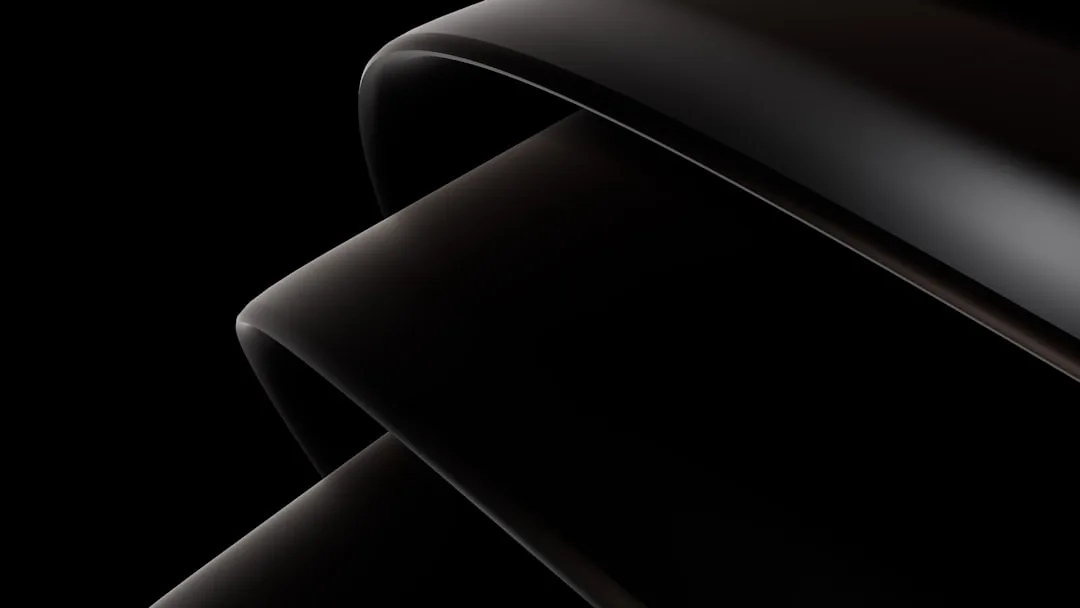

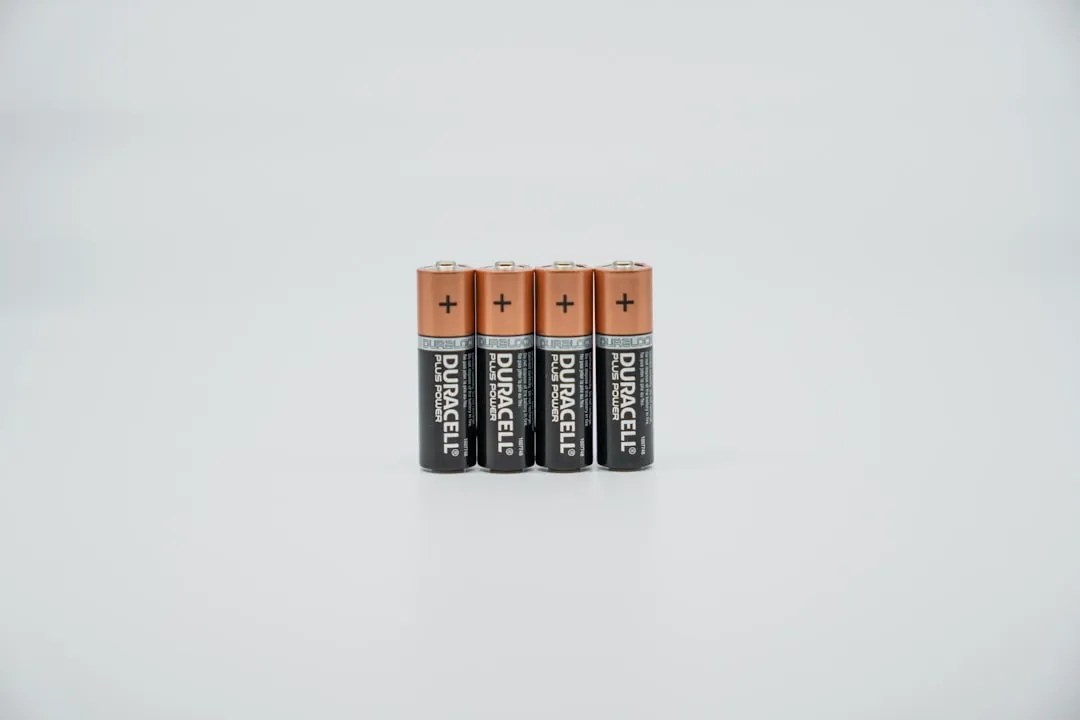

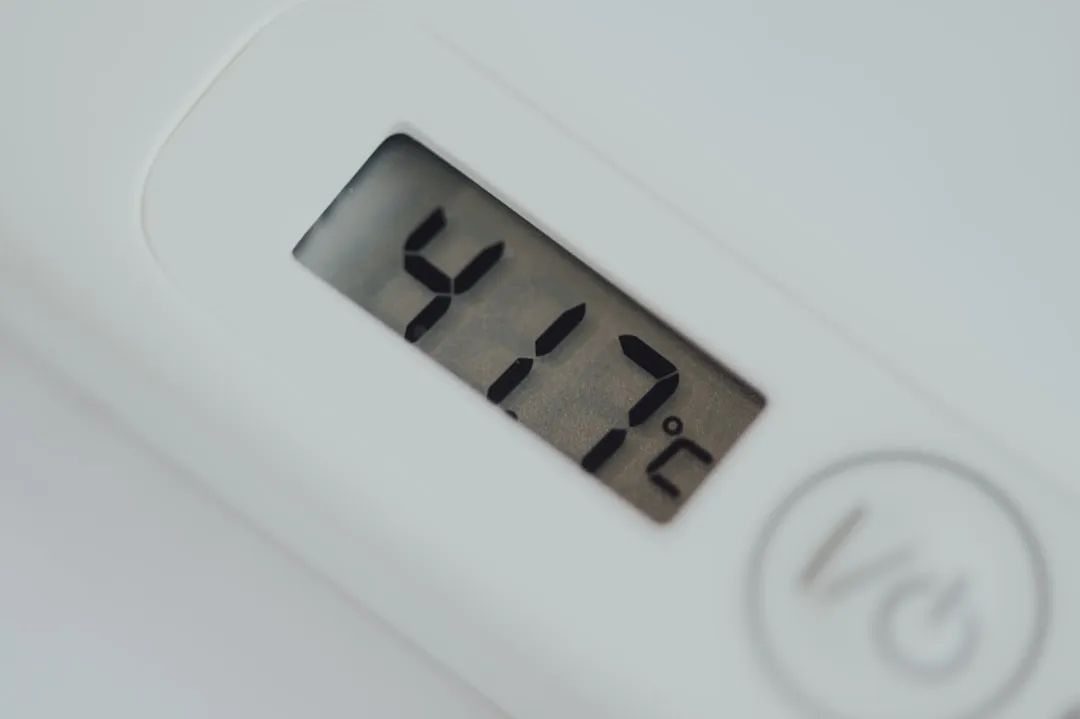


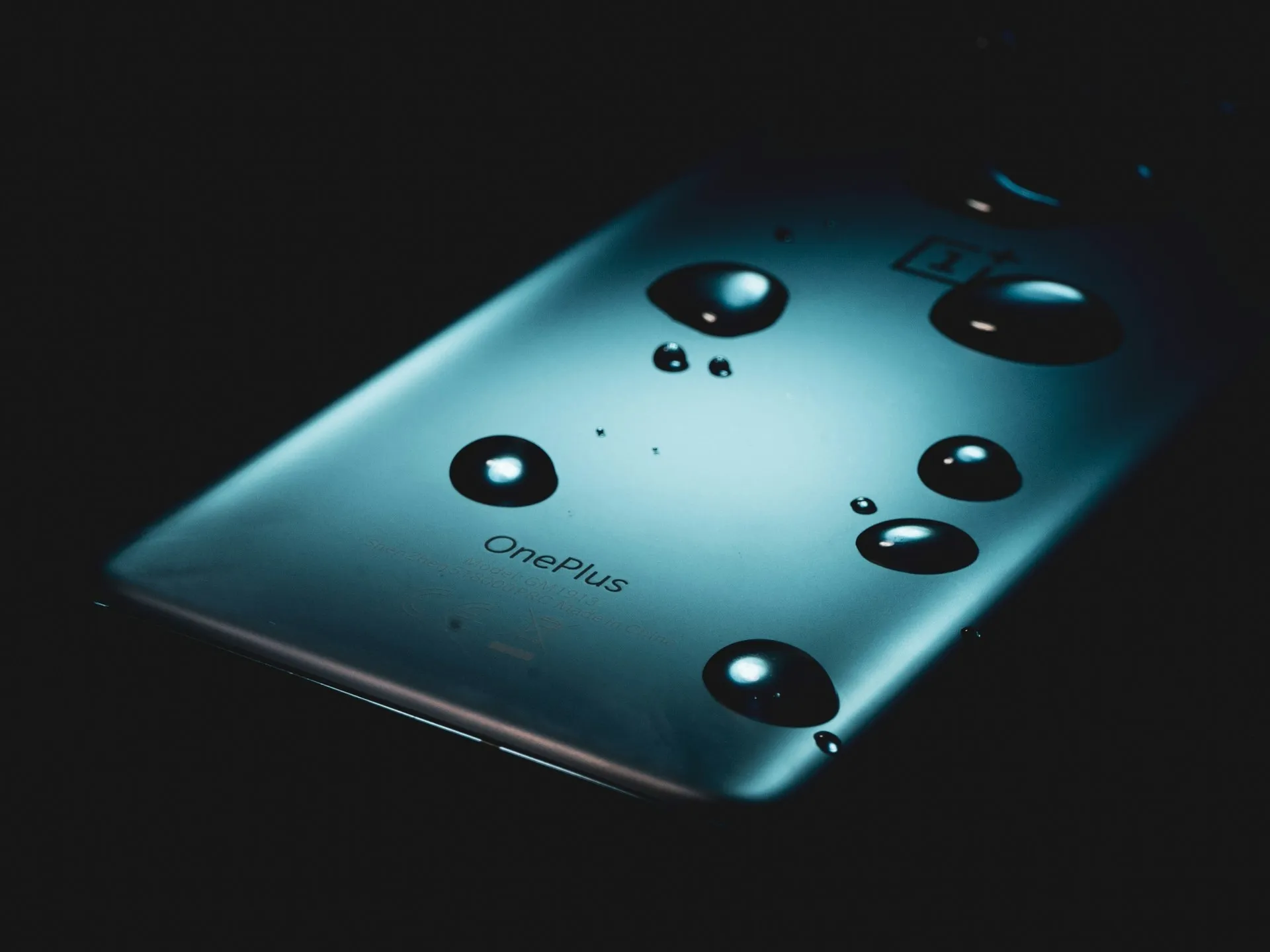
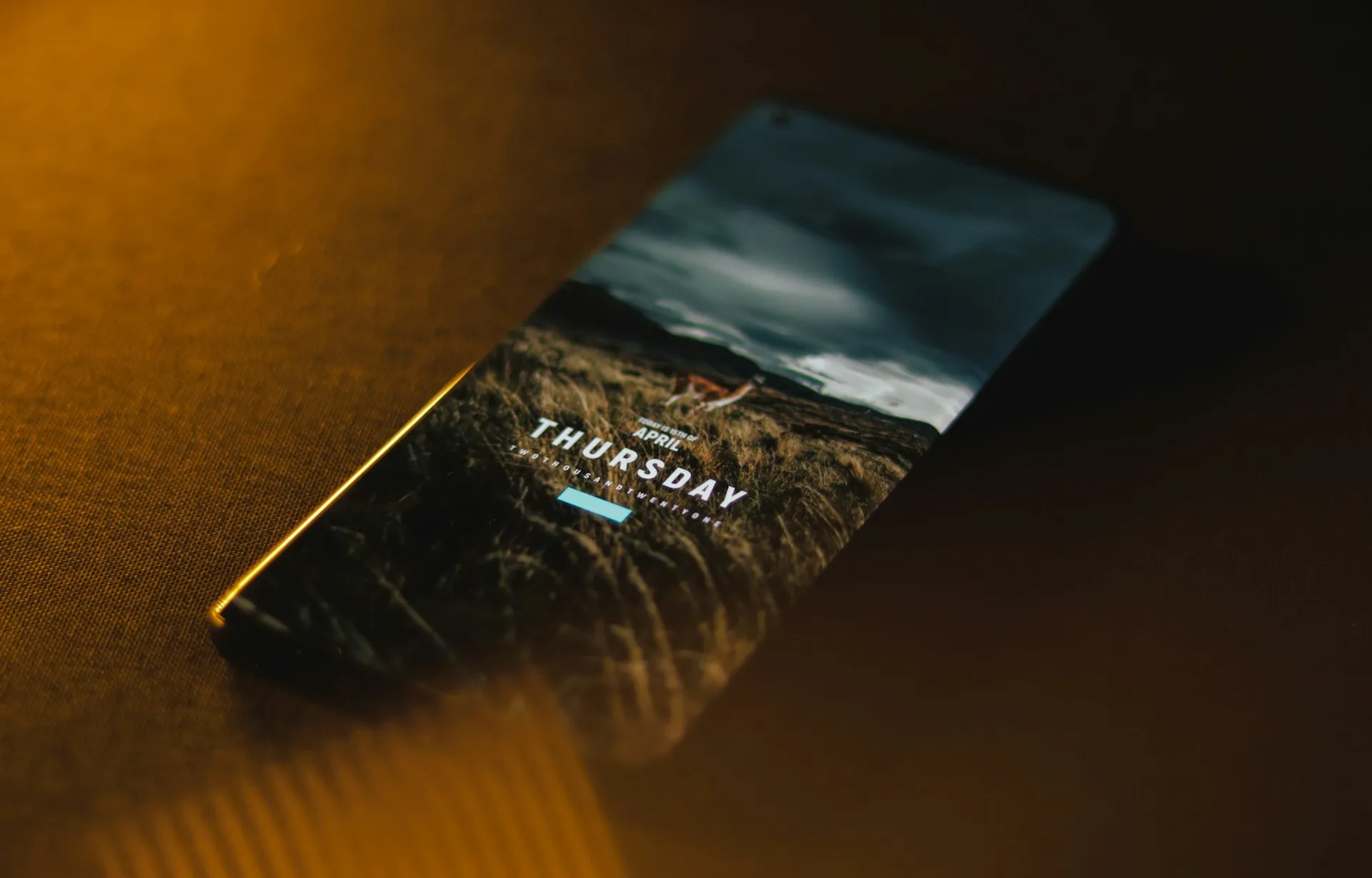
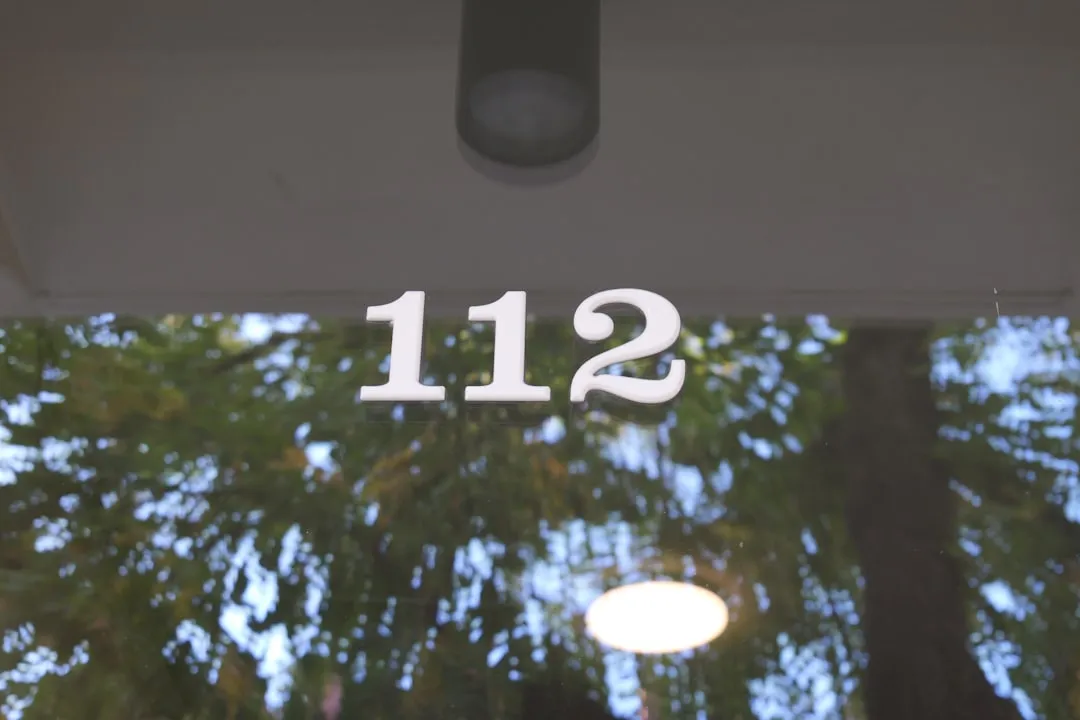

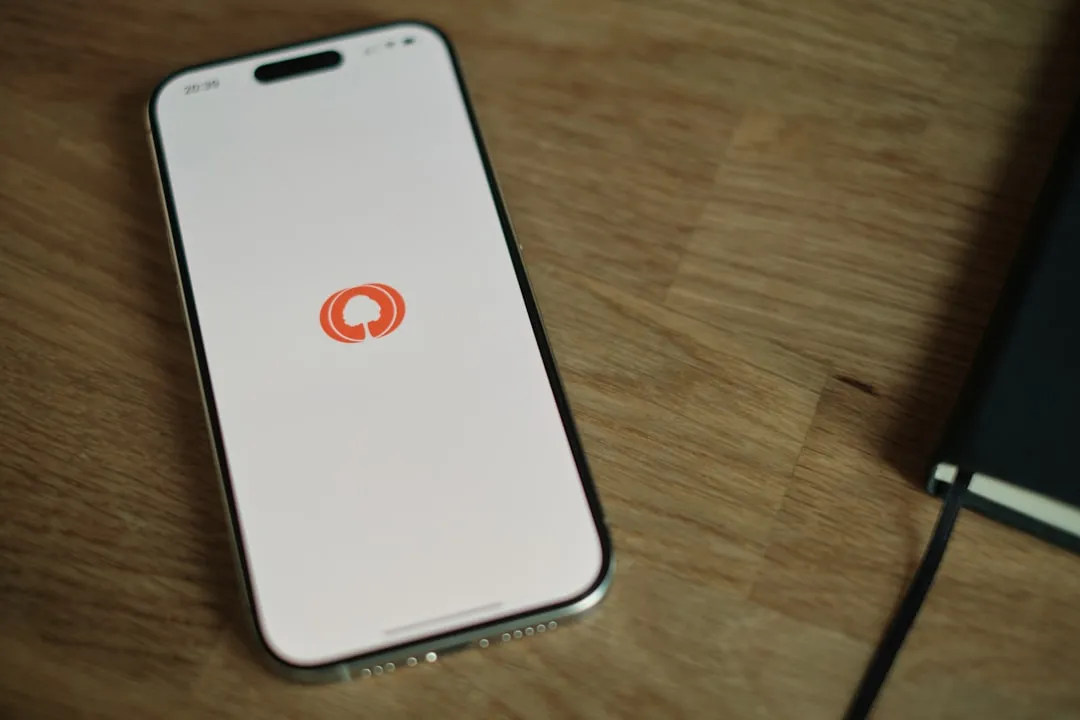
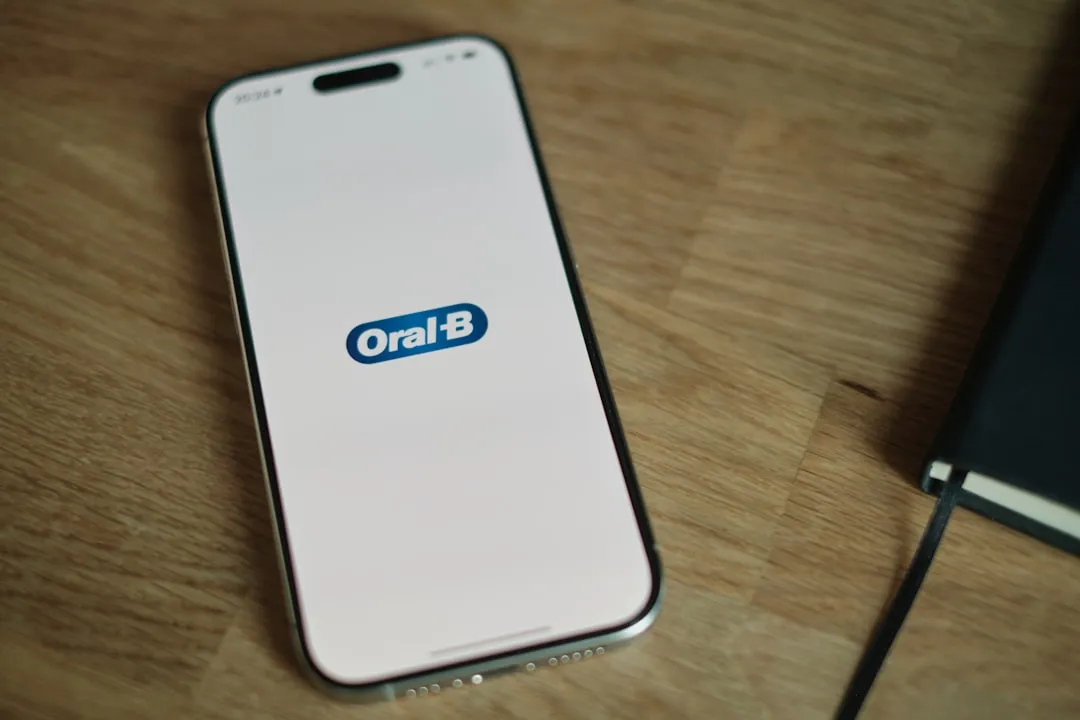
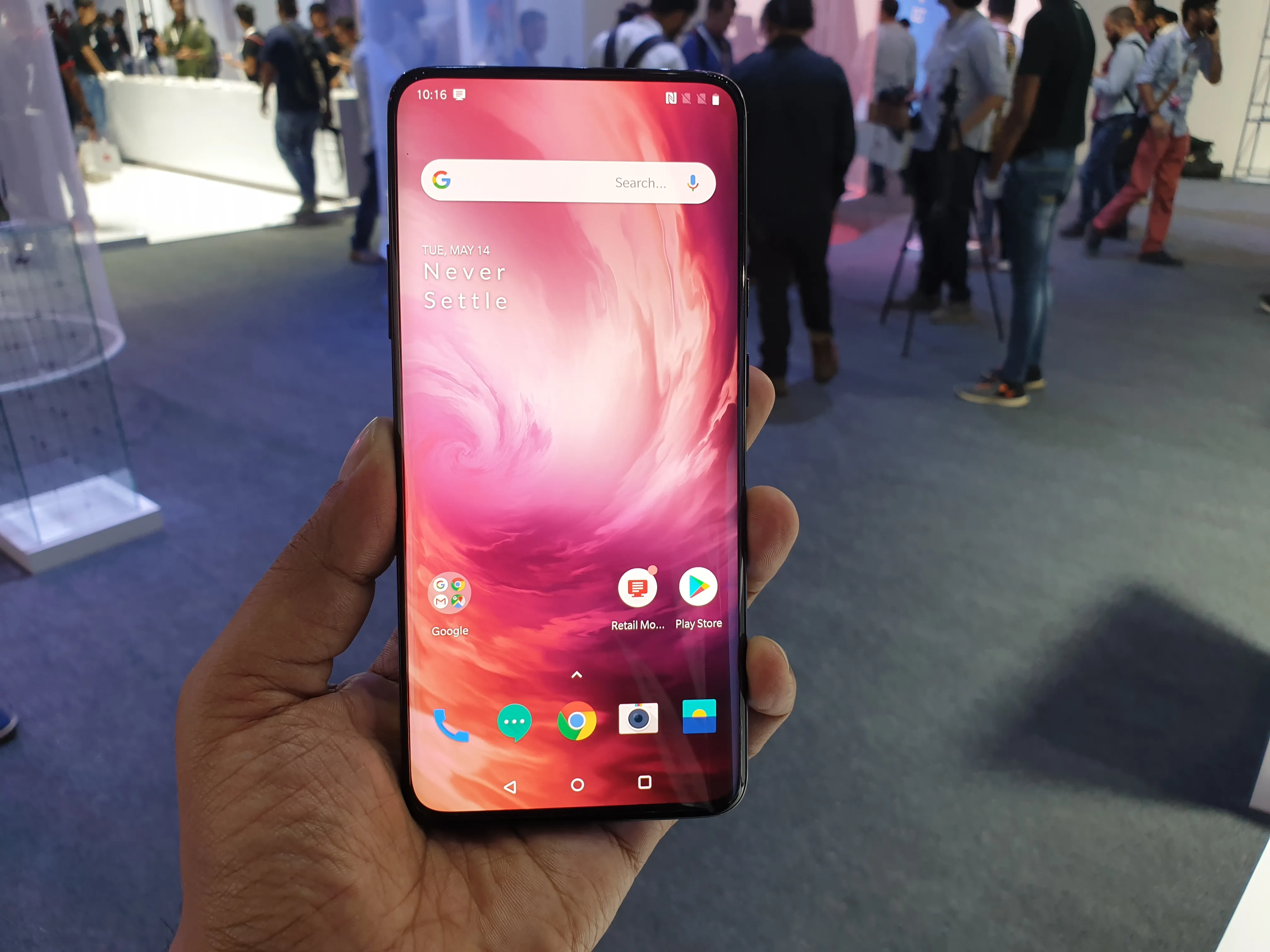
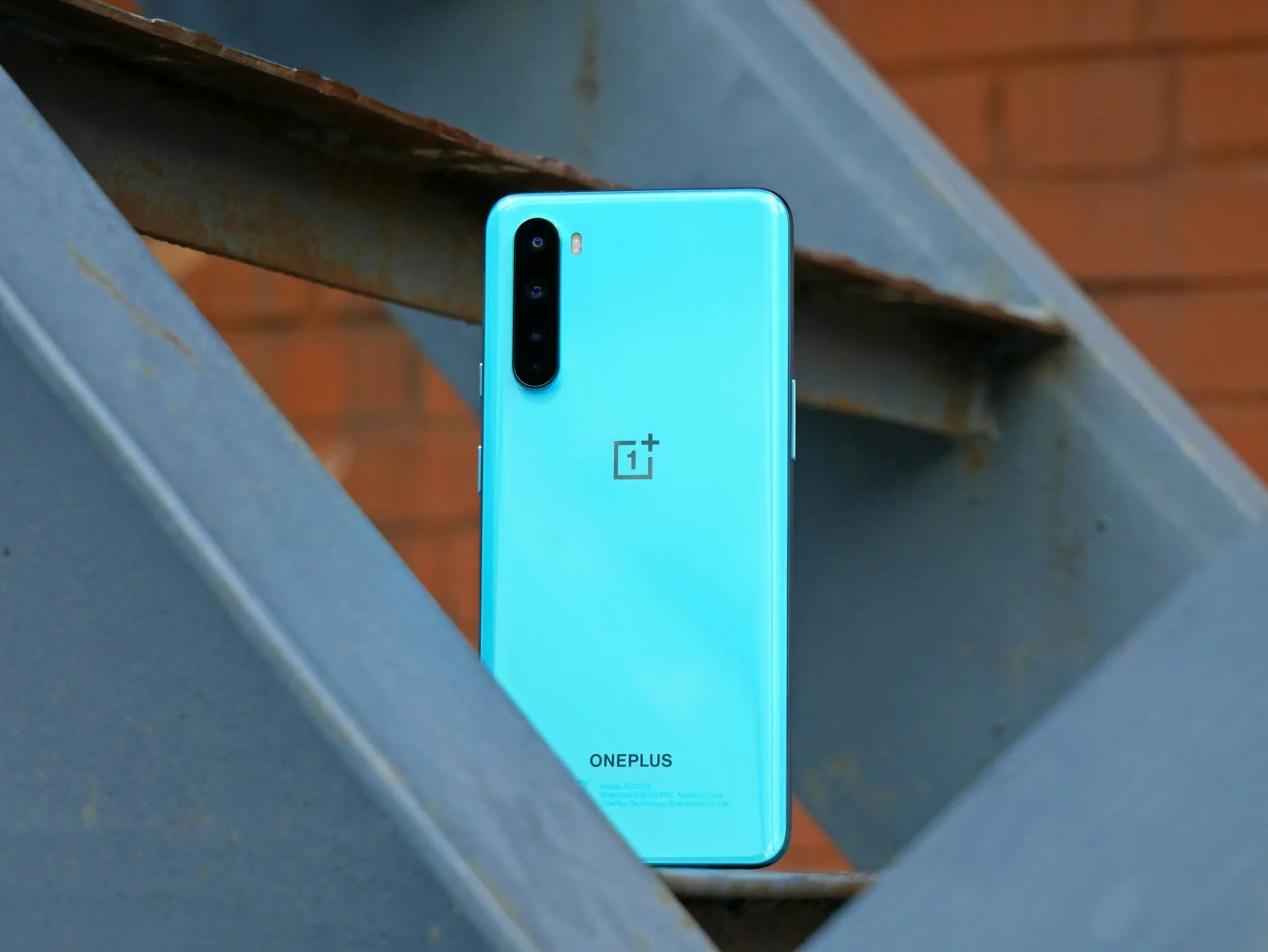
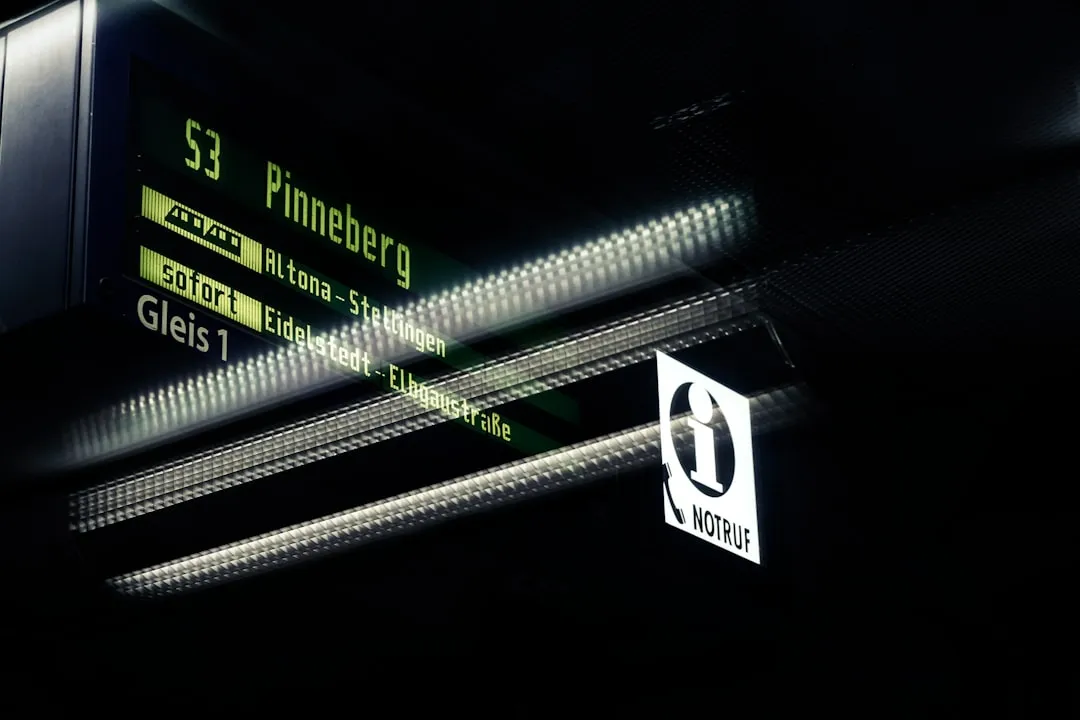
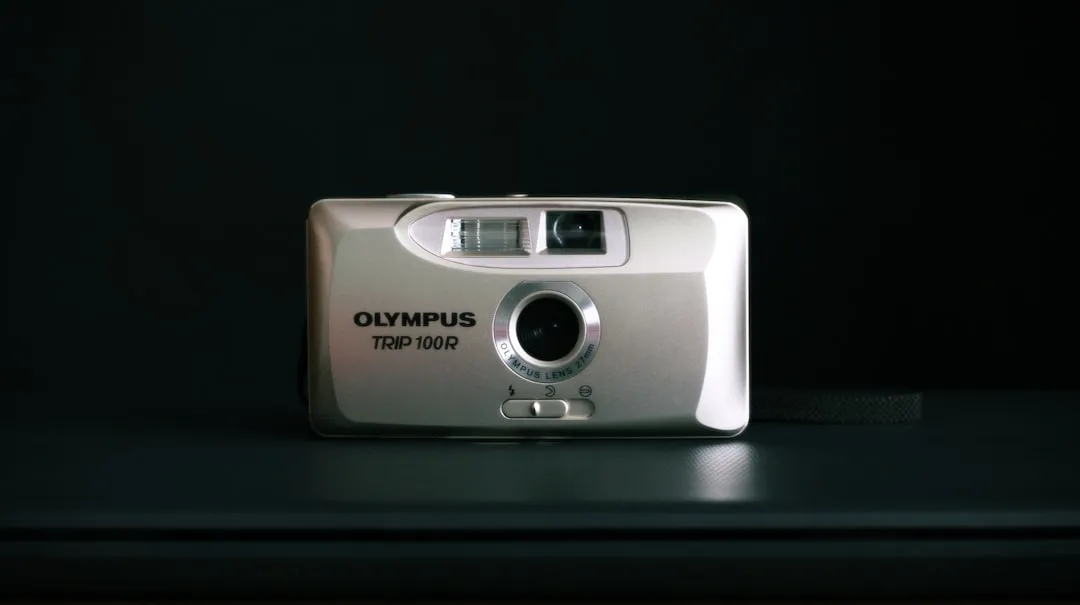
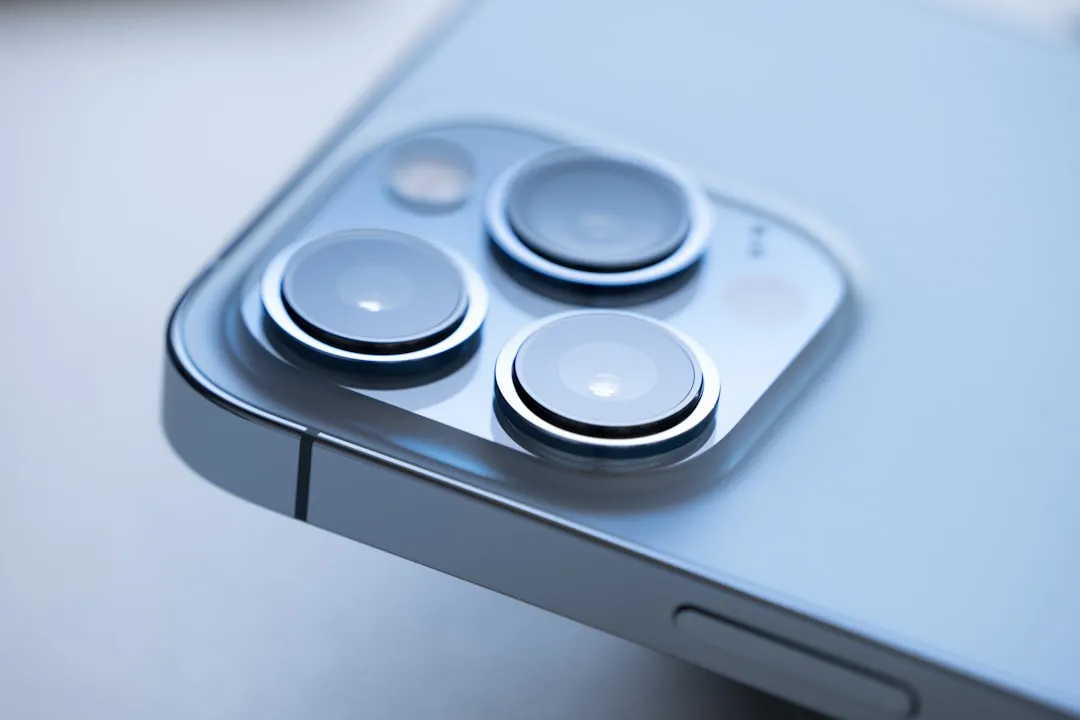
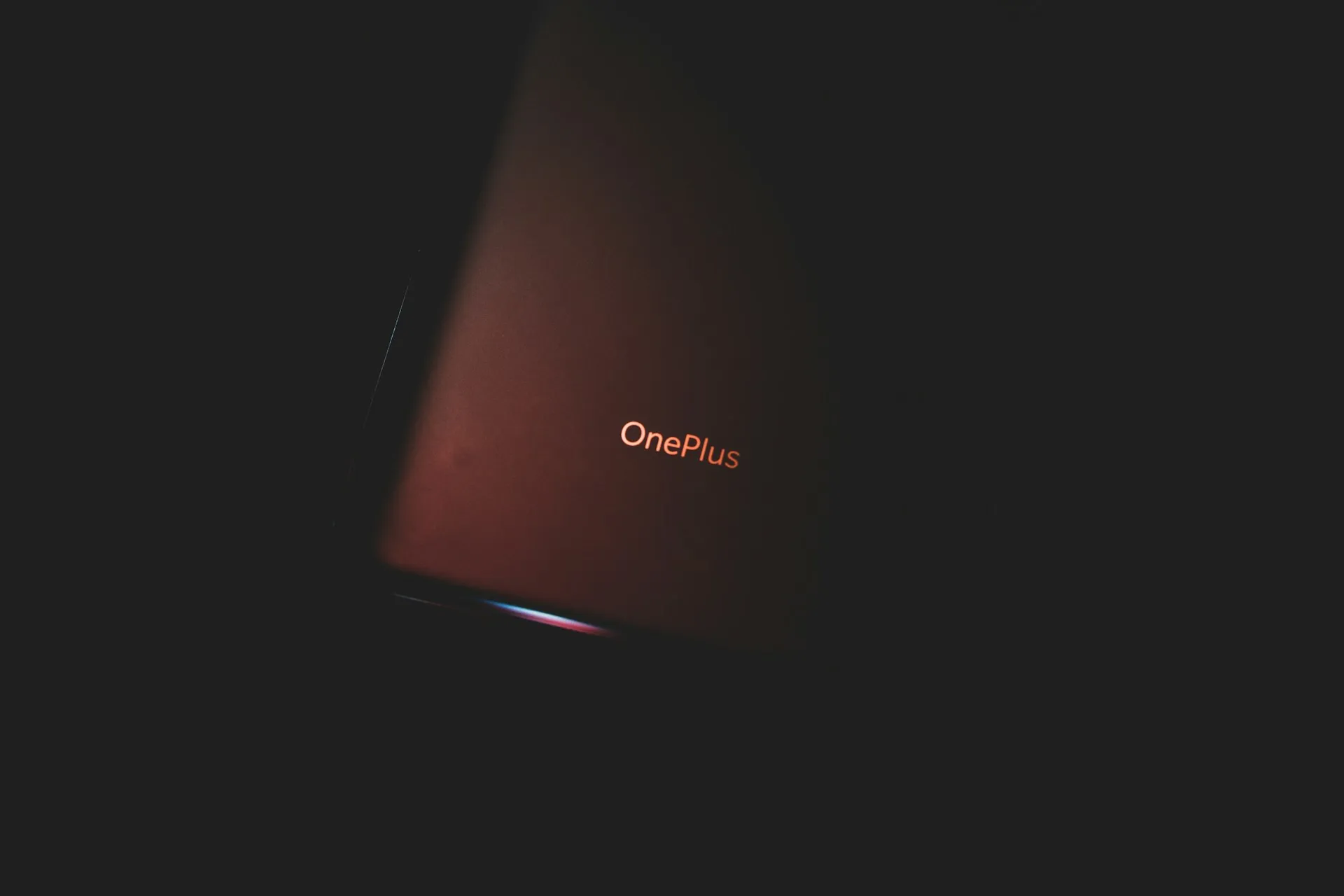
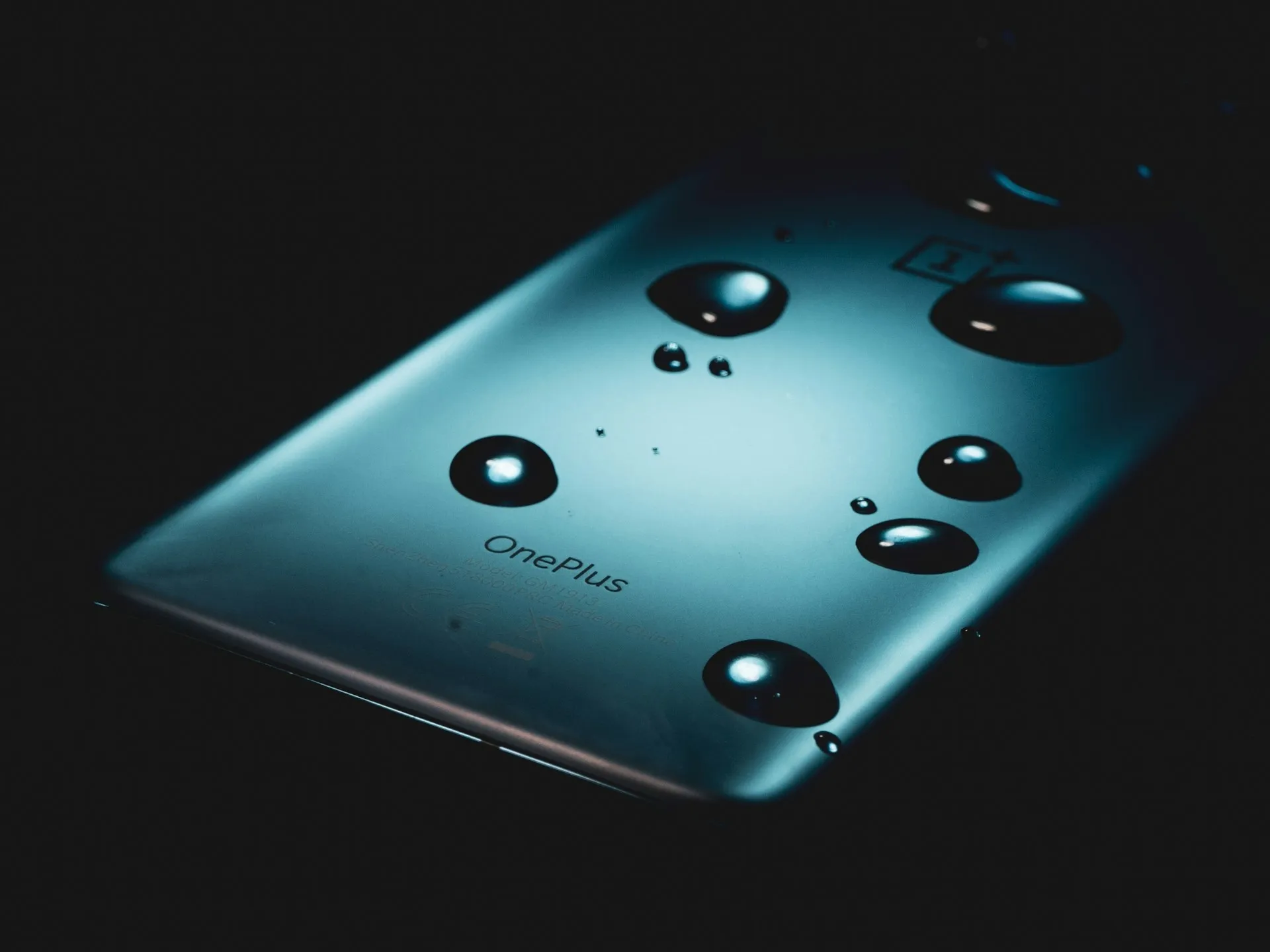
Comments
Be the first, drop a comment!